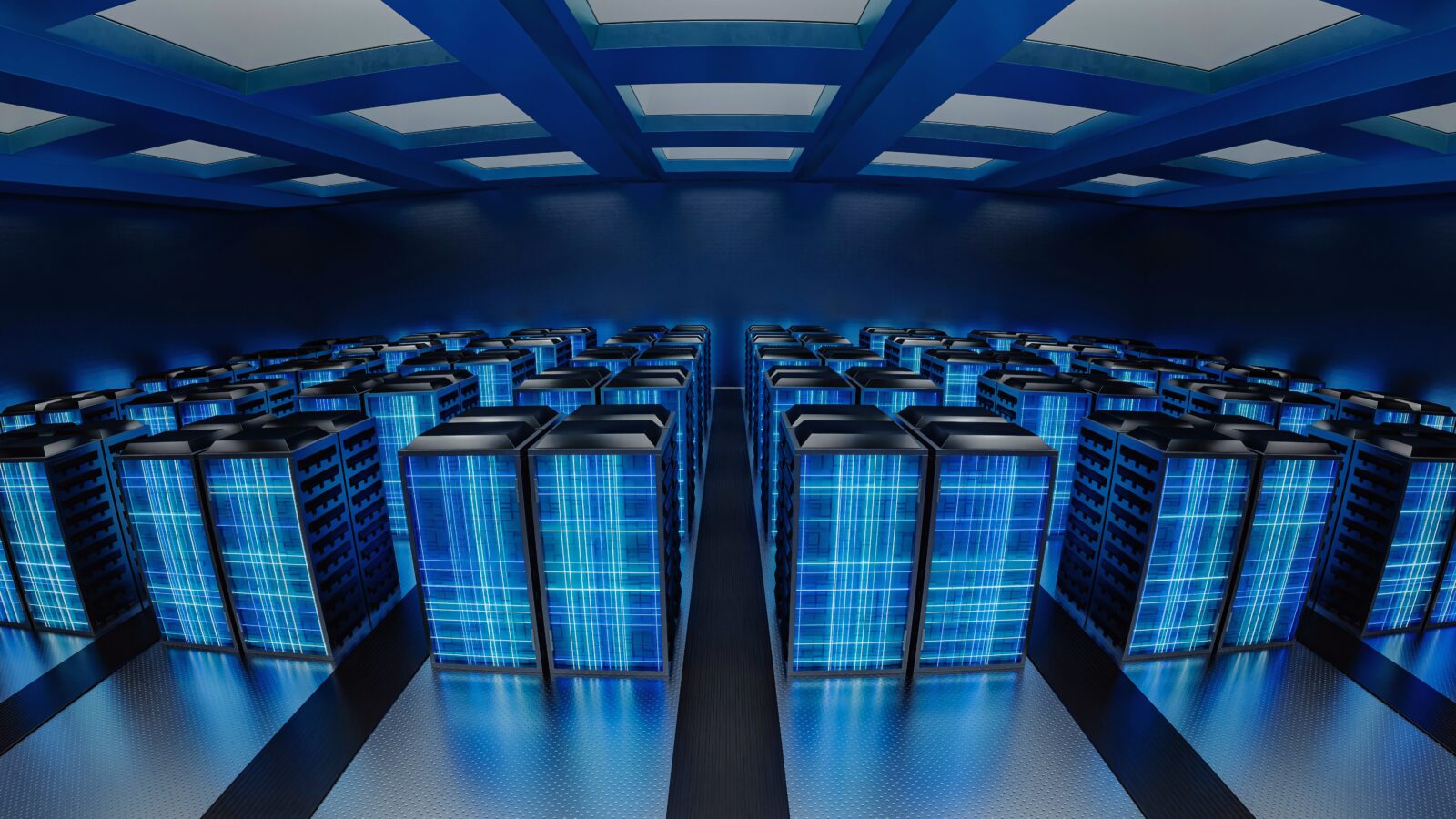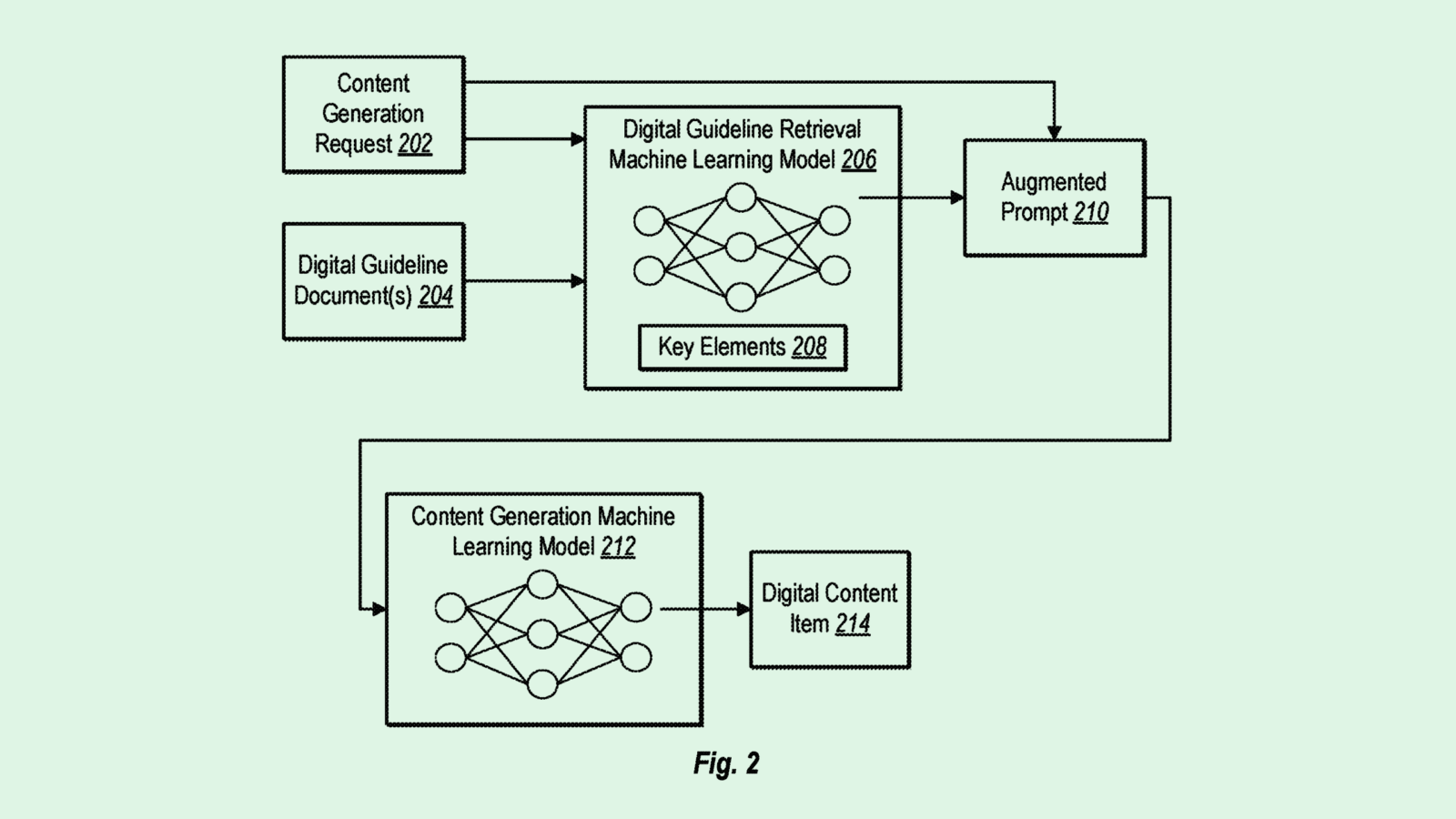Happy Monday, and welcome to CIO Upside.
Today: A new partnership aims to build new AI factories and offer more capacity as energy needs accelerate. Plus: Adobe wants to generate digital content that’s up to your specs.
Let’s jump in.
Bloom Energy, Brookfield Form $5B Partnership Reimagining AI’s Power Supply

The amount of electrical power that artificial intelligence is already using is straining the available energy supply, and it’s demanding even more. Exponentially more, in fact.
Experts predict AI’s power needs will top 100 gigawatts by 2035, four times what’s available in the US now.
Enter AI factories.
According to Bloom Energy, there are only 25 gigawatts of AI projects with secured grid connections in the US right now. To start filling in the 75-gigawatt gap, the company is teaming with Brookfield Asset Management in a $5 billion project that will use Bloom’s advanced fuel cells to deliver reliable, scalable onsite power for AI without connecting to legacy energy grids.
The companies call the partnership a “reimagined future for AI infrastructure,” or “the data center of the future.” While existing data centers weren’t designed to meet AI’s needs, the partnership’s proposed AI factory would not just let developers optimize in a space built specifically for the tech, but also help alleviate the demand on overtaxed energy grids that’s driving up monthly power bills for utility customers.
Bottleneck for Growth
“Investors are focused on the chips and semiconductors, but power is what makes data centers run,” said Bloom Energy Chief Commercial Officer Aman Joshi.
With forecasts showing AI’s power demand in the US could increase 30-fold in the next decade, anyone who is looking to win the AI race and “[bolster] our national security” needs to invest in onsite power, he said.
“Electricity is the bottleneck to growth in AI,” Joshi said. “Immediate access to power is what separates viable projects from stalled ones.”
The innovation of AI factories is industrywide and game-changing, he added: “This infrastructure build-out is the biggest technological shift since the Industrial Revolution, and we need a new blueprint: integrated development from Day 1 across compute, power and capital to deliver solutions at AI speed and scale.”
Bloom says its product is unique, built on “proprietary solid oxide fuel cell technology,” which is electrically efficient, and offers “reliable and dense power, and faster ‘time to power’” than available alternatives.
The firm’s partnership with Brookfield comes as a number of major tech companies, including Microsoft and OpenAI, are racing to build (or have already built) AI factories that will serve the next generation of AI. The creation of those factories calls for huge investments in computing power, networking and energy.
Right now, Nvidia is building an ecosystem for “efficient, scalable AI factories,” and some AI data centers are building their own power plants.
But while these initiatives aim to expand energy capacity, they will likely affect those companies’ environmental efficiency goals: Microsoft, for example, has committed to being “carbon negative, water positive and zero waste” by 2030.
Achieving net-zero carbon emissions is a factor in Bloom’s AI factory plans, Joshi said. The Bloom Energy Server makes electricity using natural gas, biogas or hydrogen: Its chemical process doesn’t entail burning fuel, which cuts back on air pollution and doesn’t necessitate water use.
The tech can also be “integrated with other systems like carbon capture and heat capture,” he said, “and can run on hydrogen-only once it’s commercially available, offering several pathways to net zero.”
Adobe Wants to Frame Digital Content Creation

If you’re going to use AI, why not give it the most context possible? That yields the best results.
After all, the more context a model has, the more accurately it can address users’ specific needs and create what they’re looking for.
In an effort to bring users more applicable and usable content, Adobe is seeking to patent a system that uses machine learning “to generate context-specific digital content items” such as text, PDFs or images.
First, the system reads a “digital guideline document” that details what kind of content is needed and what it should include. Then, it decides the best way to make that content.
There are two potential options:
- It writes a smart prompt to feed into a language model (prompt engineering).
- It updates the machine learning model itself so it better understands what to generate.
Using AI, the system finds the “key elements” of the guideline document and creates a new prompt that includes those essential elements, an instruction that’s designated an “augmented prompt.”
Then, using either the smart prompt or the updated model, it creates content that closely follows the original guidelines.
Adobe has expressed significant interest in augmenting and improving users’ experiences and creations. The company has filed patents for a number of AI tools for users, from a marketing co-pilot to an image editing and generation system and generative video tools.
Extra Upside
- Lookin’ Good: Meta smart glasses are boosting sales for Ray-Ban.
- Big “Deel”: The HR tech company hit a $17.3B valuation after the latest round of VC investment.
- Free Your Data From The Cloud’s Hidden Costs. The cloud was supposed to make things easier. Instead, it gives you data sprawl, no security, and runaway costs. The Astraeus cloud-native data services platform by OpenDrives breaks down data silos across cloud and on-prem environments. One platform. Total data control. Download the OpenDrives litepaper to learn more.*
* Partner
CIO Upside is a publication of The Daily Upside. For any questions or comments, feel free to contact us at team@cio.thedailyupside.com.
